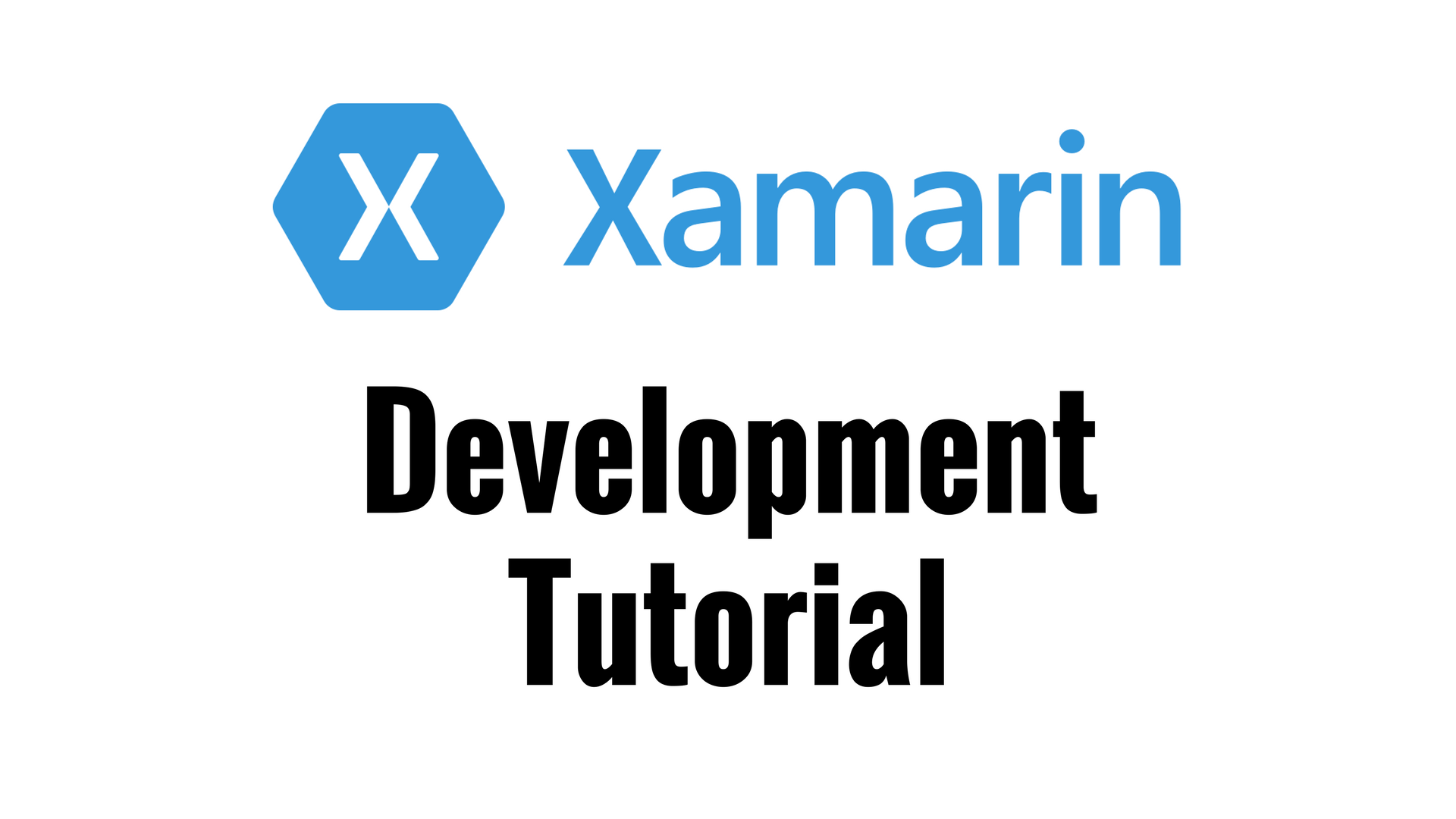
I’ll just go through a couple of the numbers that I have when I first started out making apps. I started out making apps just for myself because I needed various things other apps couldn’t do. It was more a curiousity, if thing. Curiousity will take you very far in development as well. I found my very first client on a freelance website, and he wanted an android app to record a voiceover track. For that I charged him 200 pounds, which was for the first version. Following that, he said he would like to have this on Apple, and he would like to publish it on the app store with various enhancements and Facebook sharing. To do that he paid me 2,700 pounds. Later on he asked for a few more customizations, and so that added up to another 1,800 pounds, and in total it was about 4,500 pounds for that app. Now, that first app took me a month to make, and that was with me as a relatively new beginner to the app development world. Following that, he requested the app on Android and I charged him again 4,500 pounds to put it on Android, and that took me 2 weeks. So, you can see the potential really to make money is there. You can make a lot of money developing apps. I will tell you don’t keep your eye on the money at first, keep an eye on becoming a good programmer. I put LEARN in capitals because that’s what you need to do for the first 6 months. So, you need to be in this for the long haul, and once you’ve been through the long haul, money like this will be absolutely nothing because once you know how everything works, business can come to you. You want business customers because they will request a demonstration app which you can charge and average of 10-20 thousand pounds, and that will take you a month at most. Once they have that they’ll then be confident to invest in you. Depending on the app, I mean the sky is the limit, and we will be looking at 100k to 500k. So, throughout this course. I want you to follow it carefully. If you don’t understand something, ask. Also, I want you to go on YouTube, and on Google, and search for various things that you see popping up. So, with that said, I look forward to seeing you in the next section and we will get on with setting up our brand new project in Xamarin Studio.










